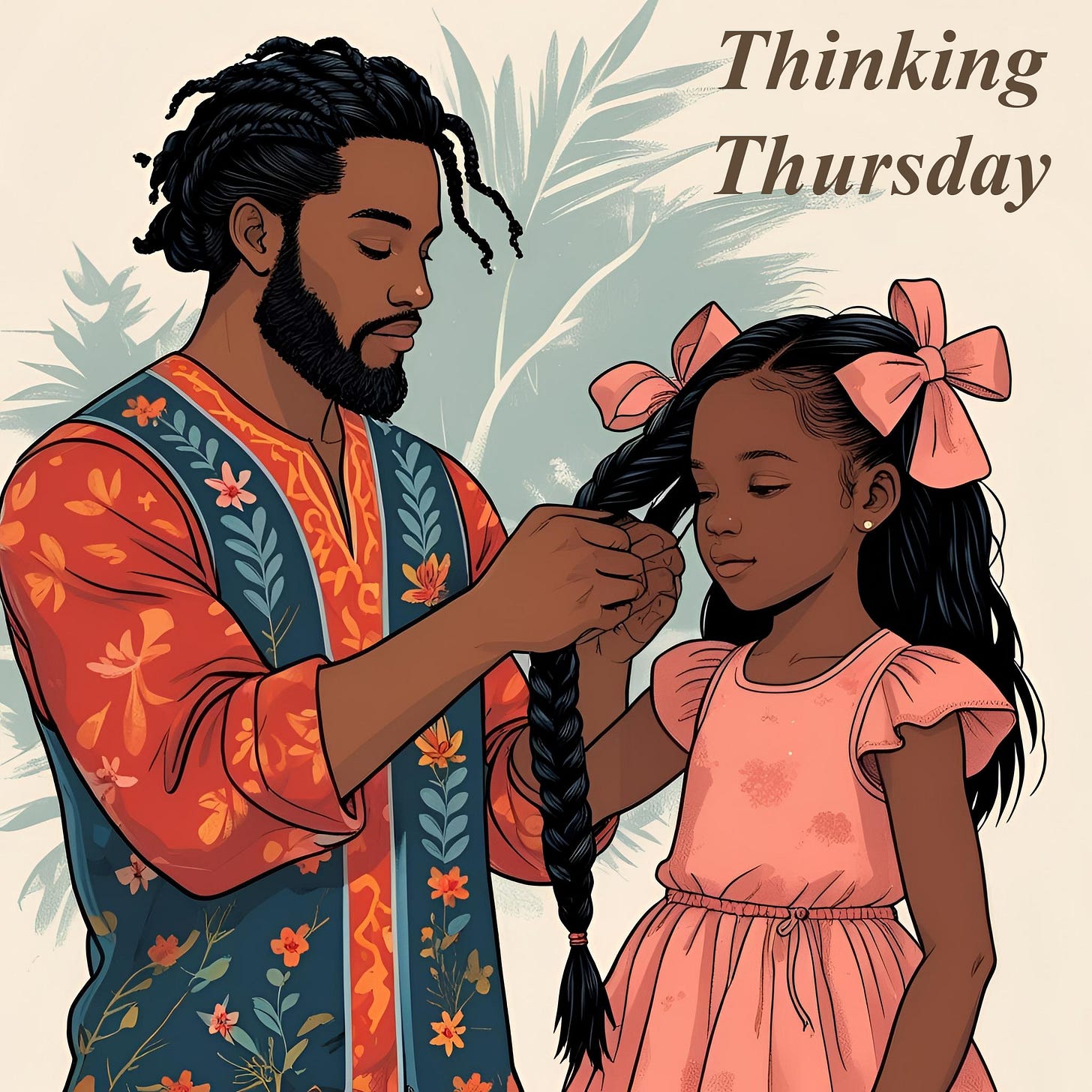Let Him Hold the Baby: What Happens When Men Can’t Be Soft
Reimagining care, harm, and accountability beyond gendered myths
Not all men are monsters. Not all women are saints. And nurturing is not gendered. We need to get the fuck over ourselves.
I read a local news article the other day that made my stomach turn—not just because of the crime itself, but because of the comments underneath. A male daycare worker was sentenced for molestation and possession of child sexual abus…
Keep reading with a 7-day free trial
Subscribe to Say it With Your Chest to keep reading this post and get 7 days of free access to the full post archives.



